Yosemite National Park, USA, and Banff National Park, Canada, are top camping spots for nature lovers. Both parks offer stunning landscapes and diverse wildlife. Also, discover more top camping spots around the world.
Nature lovers seeking the ultimate camping experience will find an array of breathtaking destinations worldwide. Whether you prefer rugged backcountry adventures or the luxury of glamping, there are countless ways to immerse yourself in the great outdoors. Yosemite National Park in California offers majestic granite cliffs, towering waterfalls, and ancient sequoias, with over 750 miles of hiking trails.
In Canada, Banff National Park boasts glacier-fed lakes, striking mountain peaks, and an abundance of wildlife, making it an adventurer’s paradise. Scenic locations such as Lake Louise and Moraine Lake provide stunning views, while diverse camping options, from family-friendly campgrounds to remote backcountry sites, allow campers to choose their level of adventure.
Glamping presents an appealing alternative to traditional camping for those who seek a balance between comfort and nature. With accommodations ranging from safari tents and yurts to treehouses and vintage airstreams, glamping combines modern conveniences with the beauty of nature. Whether you prefer sleeping under the stars in a tent or relaxing in a luxury retreat, these destinations promise an unforgettable experience in some of the world’s most stunning natural settings.
Pack your gear, embrace the adventure, and embark on a journey into these natural paradises.
Glamping vs camping
Nature lovers often face a delightful dilemma: Glamping vs Camping. Both offer unique ways to immerse in the great outdoors, but they cater to different levels of comfort and adventure. Let's explore what makes each experience special and how to decide which is right for you.
What is glamping?
Glamping is a blend of the words "glamorous" and "camping." It offers the beauty of nature with the comfort of modern amenities. Imagine staying in a tent with a king-sized bed, electricity, and private bathrooms.
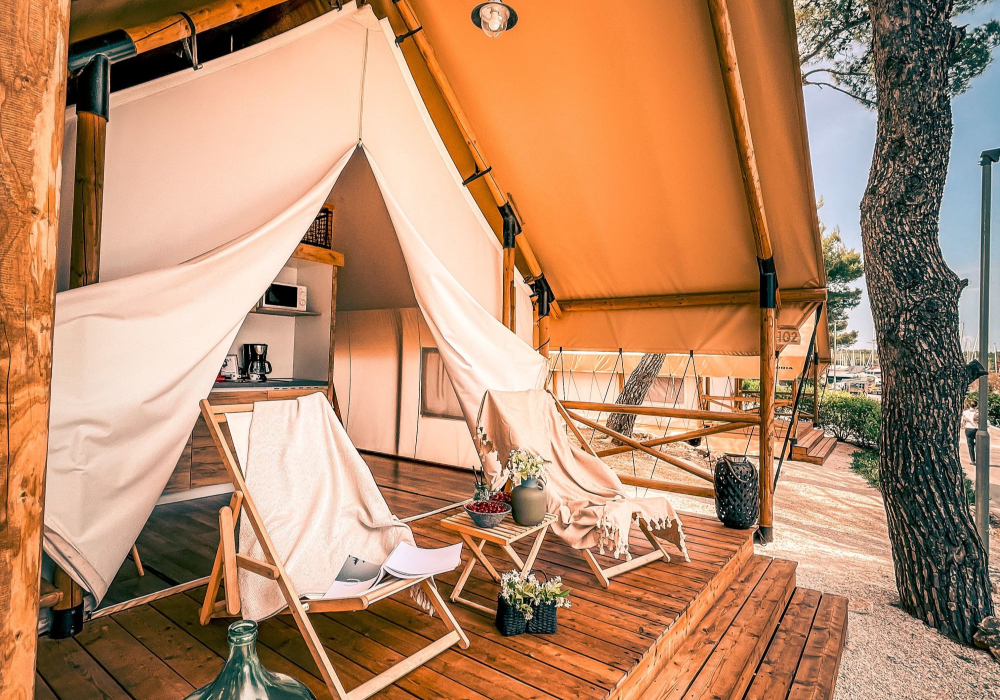
Glamping options can vary widely, including:
- Safari tents: Large canvas tents with wooden floors and furniture.
- Yurts: Circular tents with solid walls and often luxurious interiors.
- Treehouses: Elevated cabins nestled in the trees.
- Airstreams: Vintage trailers with all the modern conveniences.
Glamping sites often include extra amenities like:
- Wi-Fi
- Hot Tubs
- On-site restaurants
- Guided tours and activities
For those who love nature but don't want to sacrifice comfort, glamping is the perfect solution.
Benefits of glamping
Glamping combines the best of both worlds: nature and luxury. Here are some of the key benefits:
1. Comfort and convenience
With comfortable beds, running water, and electricity, you enjoy nature without roughing it.
2. Unique experiences
Stay in exotic locations and unique structures like treehouses or safari tents.
3. Accessibility
Glamping sites often provide easy access to nature for those who may not be able to hike or set up a tent.
4. Family-friendly
Perfect for families with children. Enjoy the outdoors without the stress of traditional camping.
5. Eco-friendly options
Many glamping sites focus on sustainability, using eco-friendly materials and practices.
Pros and cons of camping
Traditional camping provides a different kind of adventure. Here are some pros and cons:
| Pros | Cons |
|---|---|
| Immersive nature experience: Fully connect with nature. | Comfort: Can be less comfortable without amenities. |
| Cost-effective: Usually cheaper than glamping. | Weather dependent: Bad weather can ruin the experience. |
| Adventure: Adds a sense of adventure and self-reliance. | Setup and breakdown: Requires time and effort to set up and take down. |
| Flexibility: Camp almost anywhere. | Limited facilities: Lack of modern amenities like bathrooms and electricity. |
Camping offers a raw connection to nature but requires more preparation and resilience.
Whether you choose glamping or camping, the key is to enjoy the great outdoors in a way that suits your preferences and needs.
Top 5 camping spots in North America
For nature lovers, camping offers the perfect escape into the wild. North America boasts some of the most breathtaking camping spots in the world. Here are the top 5 camping spots in North America that promise an unforgettable experience.
Yosemite National Park, California
Yosemite National Park is a nature lover's paradise. Its sheer granite cliffs, waterfalls, and giant sequoias are awe-inspiring. Yosemite Valley is a popular camping area with several campgrounds to choose from.
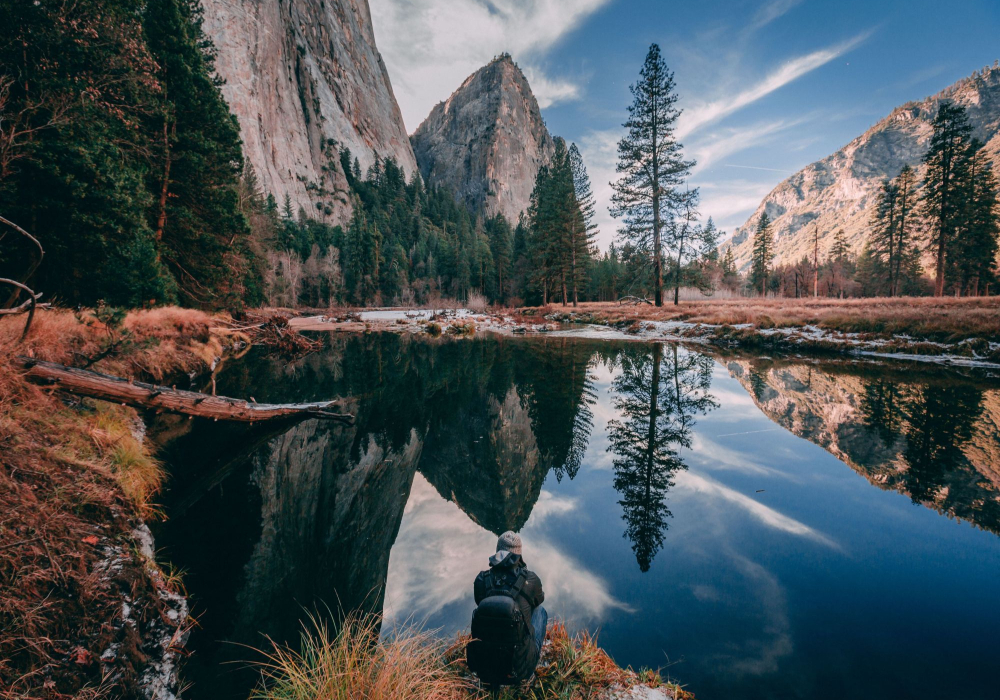
- Upper Pines Campground: Open year-round, close to trails and attractions.
- North Pines Campground: Near the Merced River, ideal for water activities.
- Wawona Campground: Close to the Mariposa Grove of Giant Sequoias.
Key activities include:
- Hiking: Trails for all skill levels, including the famous Half Dome.
- Rock Climbing: El Capitan and other climbing routes.
- Wildlife Viewing: Black bears, deer, and diverse bird species.
Make sure to reserve your spot early, as campsites fill up quickly, especially in peak seasons.
Banff National Park, Alberta
Banff National Park, located in the heart of the Canadian Rockies, offers stunning landscapes and a variety of camping options. Lake Louise Campground and Tunnel Mountain Village are popular choices.
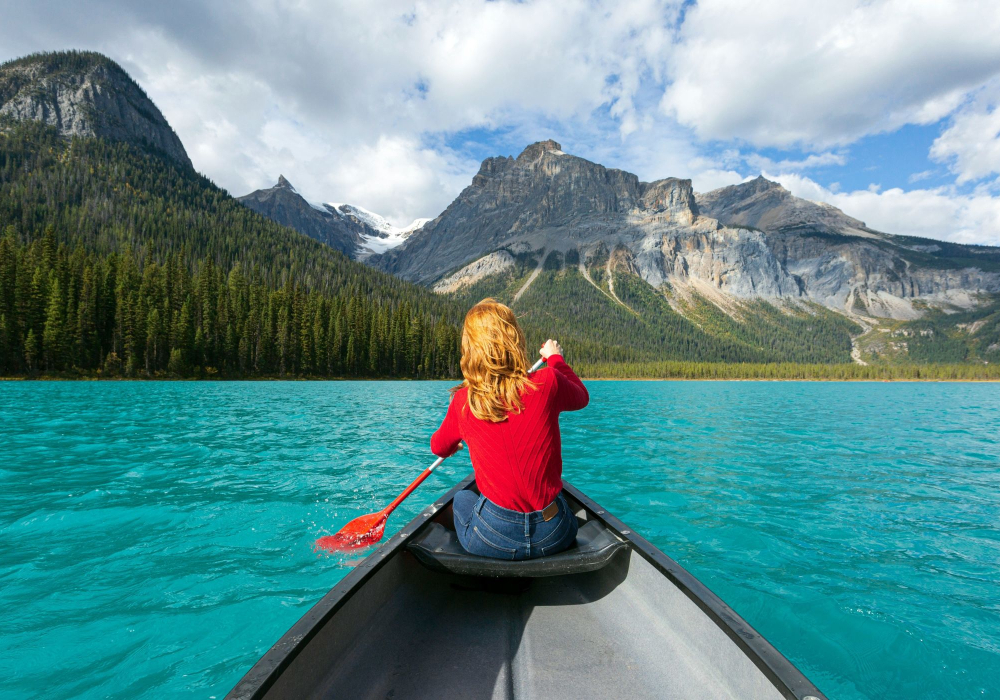
- Lake Louise Campground: Offers both tent and RV camping with modern amenities.
- Tunnel Mountain Village: Close to Banff town, ideal for families and beginners.
Top activities include:
- Hiking: Trails like Johnston Canyon and Lake Agnes Tea House.
- Wildlife Watching: Elk, bighorn sheep, and grizzly bears.
- Canoeing: Paddle across the emerald waters of Lake Louise.
Banff's beauty is unmatched, making it a must-visit for any camper.
Grand Canyon National Park, Arizona
The Grand Canyon is a geological wonder that attracts millions of visitors annually. Mather Campground on the South Rim is a favourite among campers.
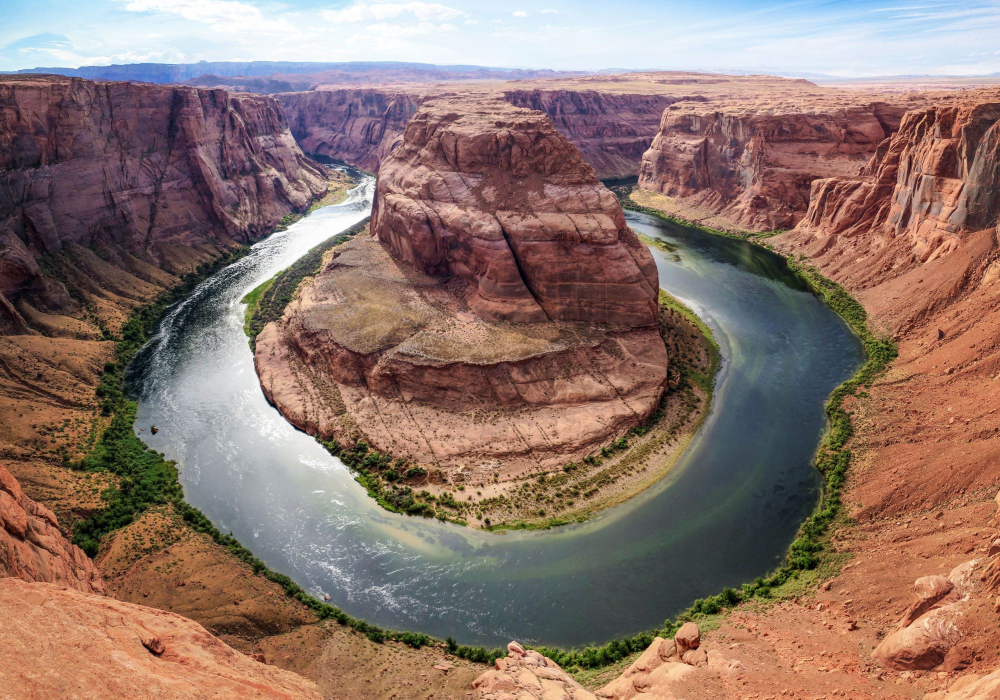
- Mather Campground: Open year-round, close to the Grand Canyon Village.
- North Rim Campground: Open seasonally, offers a more secluded experience.
Must-do activities include:
- Hiking: Trails like Bright Angel and South Kaibab.
- Rafting: Experience the Colorado River's rapids.
- Stargazing: Clear night skies perfect for astronomy enthusiasts.
Camping at the Grand Canyon provides an unforgettable adventure.
Acadia National Park, Maine
Acadia National Park offers a unique blend of ocean and mountain scenery. Blackwoods Campground and Seawall Campground are popular choices.
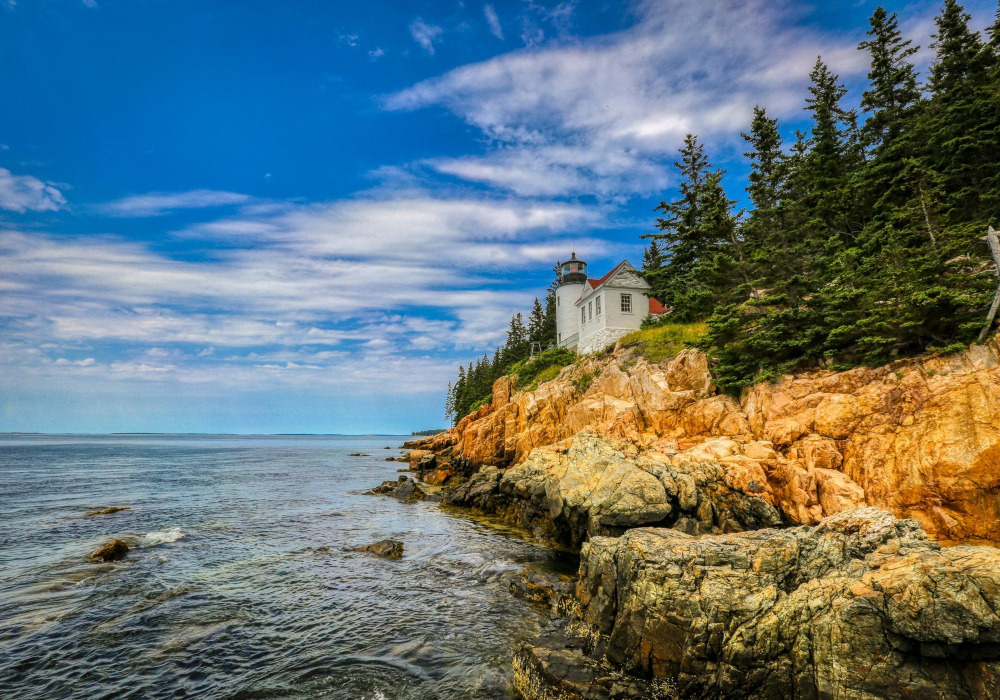
- Blackwoods Campground: Open year-round, close to major park attractions.
- Seawall Campground: Offers a more rustic experience, ideal for solitude seekers.
Popular activities include:
- Hiking: Trails like Cadillac Mountain and Jordan Pond Path.
- Kayaking: Explore the park's rugged coastline.
- Biking: Ride along the scenic carriage roads.
Acadia's diverse landscapes make it a top camping destination.
Yellowstone National Park, Wyoming
Yellowstone is the world's first national park and is known for its geothermal features. Madison Campground and Grant Village Campground are excellent options.
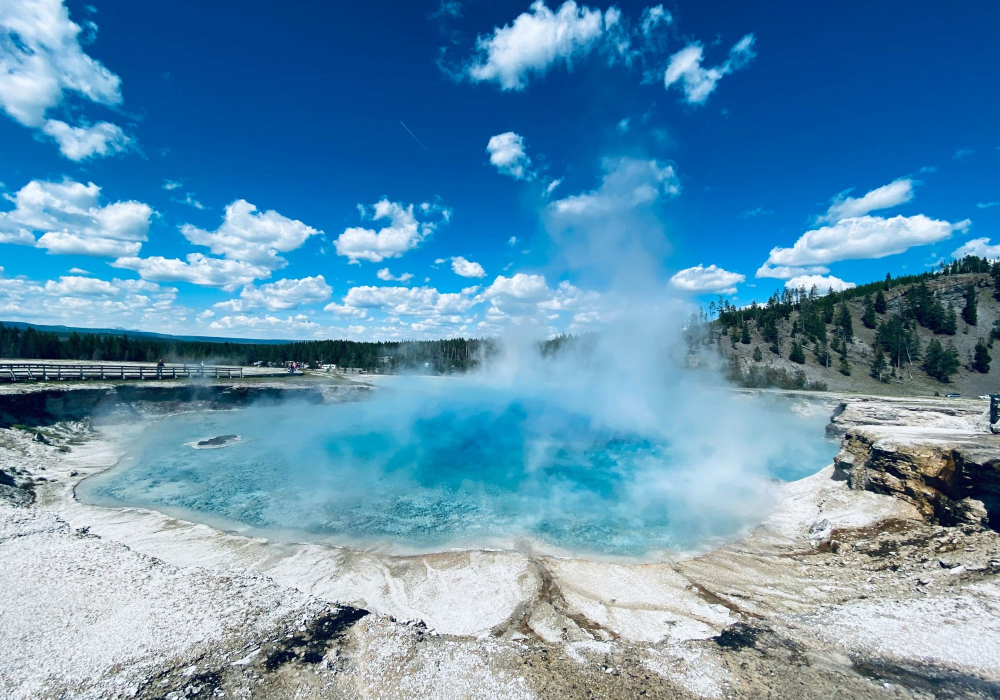
- Madison Campground: Located near the Madison River, perfect for fishing.
- Grant Village Campground: Close to Yellowstone Lake, ideal for water activities.
Exciting activities include:
- Geyser Watching: Old Faithful and other geysers.
- Wildlife Viewing: Bison, elk, and grizzly bears.
- Hiking: Trails like Grand Prismatic and Mount Washburn.
Yellowstone offers a true wilderness experience that every camper will cherish.
Top 5 camping spots in Europe, Africa & Central Asia
Camping in Europe offers a unique experience for nature lovers. From serene lakes to stunning landscapes, Europe has it all. Here are the Top 5 Camping Spots in Europe you must visit.
Plitvice Lakes National Park, Croatia
Plitvice Lakes National Park is a paradise for nature lovers. Located in Croatia, this park features stunning waterfalls and crystal-clear lakes. The park is a UNESCO World Heritage site, making it a must-visit.
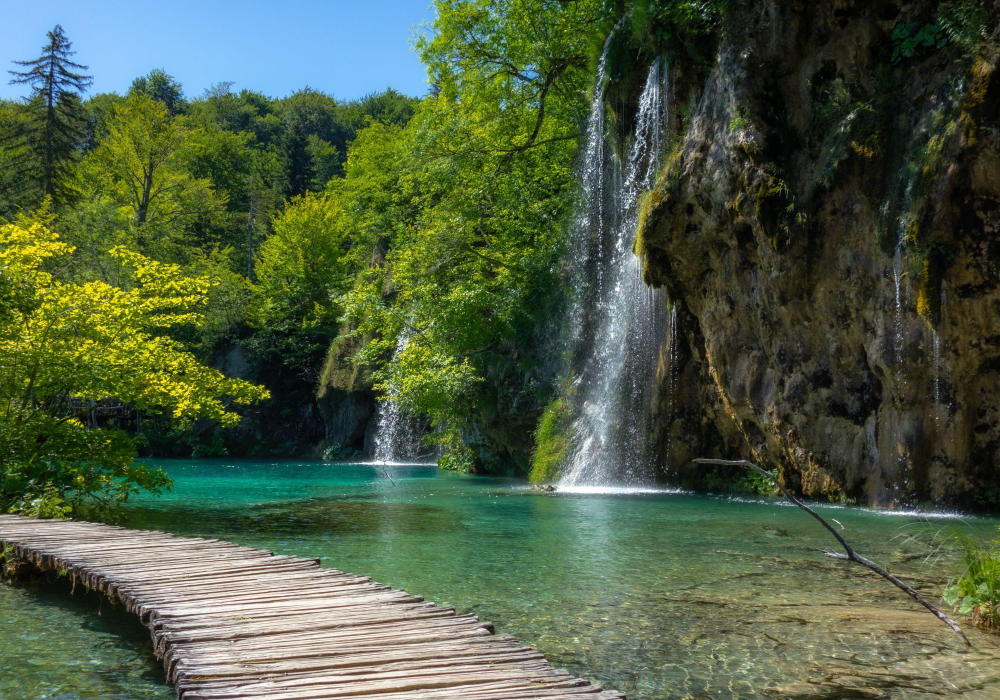
Why camp at Plitvice Lakes?
- Scenic beauty: The park has 16 interconnected lakes.
- Wildlife: Spot deer, bears, and rare bird species.
- Activities: Hiking trails and boat rides.
Best time to visit:
| Season | Reason |
|---|---|
| Spring | Blooming flowers and fewer crowds. |
| Autumn | Colourful foliage and pleasant weather. |
Serengeti National Park, Tanzania
Serengeti National Park is famous for its vast plains and diverse wildlife. Located in Tanzania, it offers an authentic African safari experience. Camping here lets you immerse in the wild.
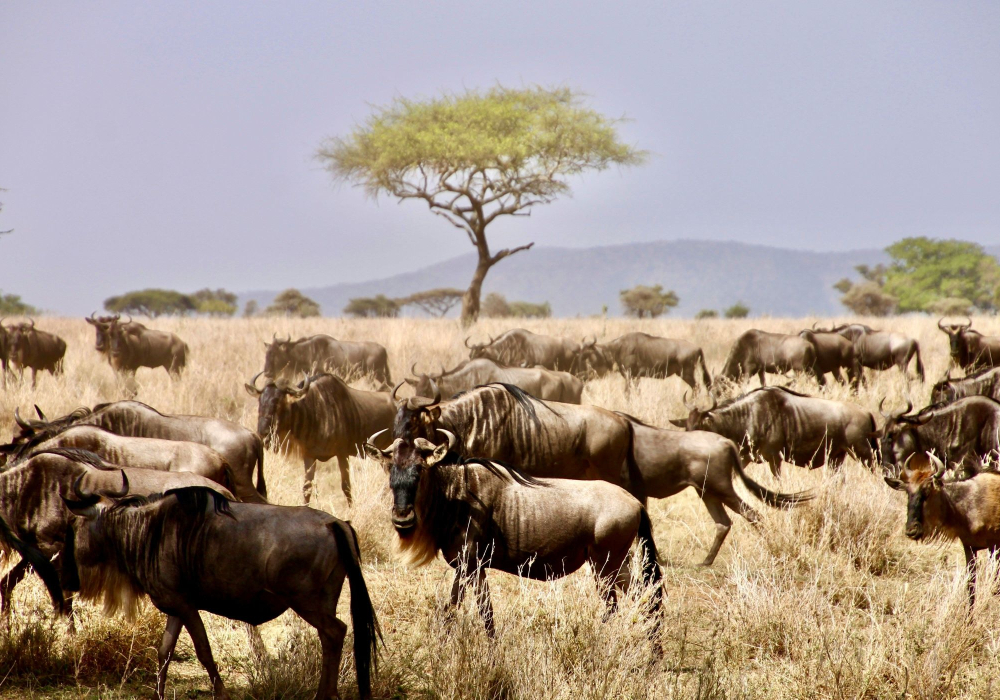
Why camp at Serengeti?
- Great migration: Witness the annual migration of wildebeests.
- Big Five: Spot lions, leopards, elephants, rhinos, and buffaloes.
- Night safari: Experience the wildlife under the stars.
Best time to visit:
| Season | Reason |
|---|---|
| June to October | Dry season with excellent wildlife viewing. |
| January to February | Calving season for wildebeests. |
Sossusvlei, Namibia
Sossusvlei is known for its towering red sand dunes and stark beauty. Located in Namibia, this spot offers a surreal camping experience. The contrast between the blue sky and the red dunes is breathtaking.
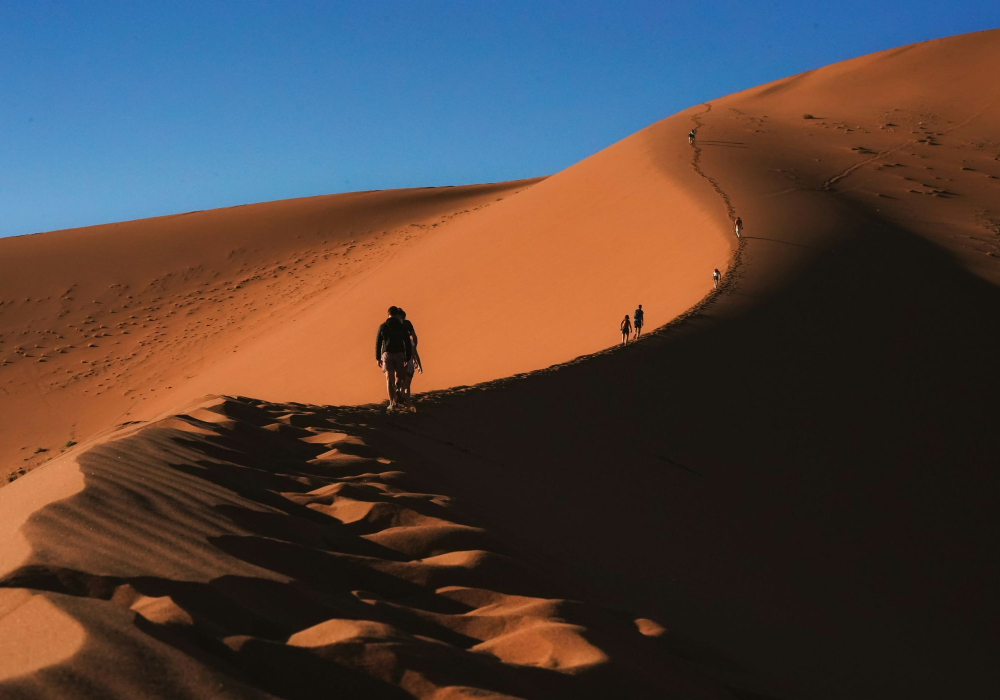
Why camp at Sossusvlei?
- Unique landscape: Vast dunes and salt pans.
- Photography: Perfect for capturing stunning images.
- Stargazing: Clear skies for a perfect night view.
Best time to visit:
| Season | Reason |
|---|---|
| May to September | Cooler temperatures and less rain. |
Kruger National Park, South Africa
Kruger National Park is one of Africa's largest game reserves. Located in South Africa, it offers a rich wildlife experience. Camping here brings you close to nature.
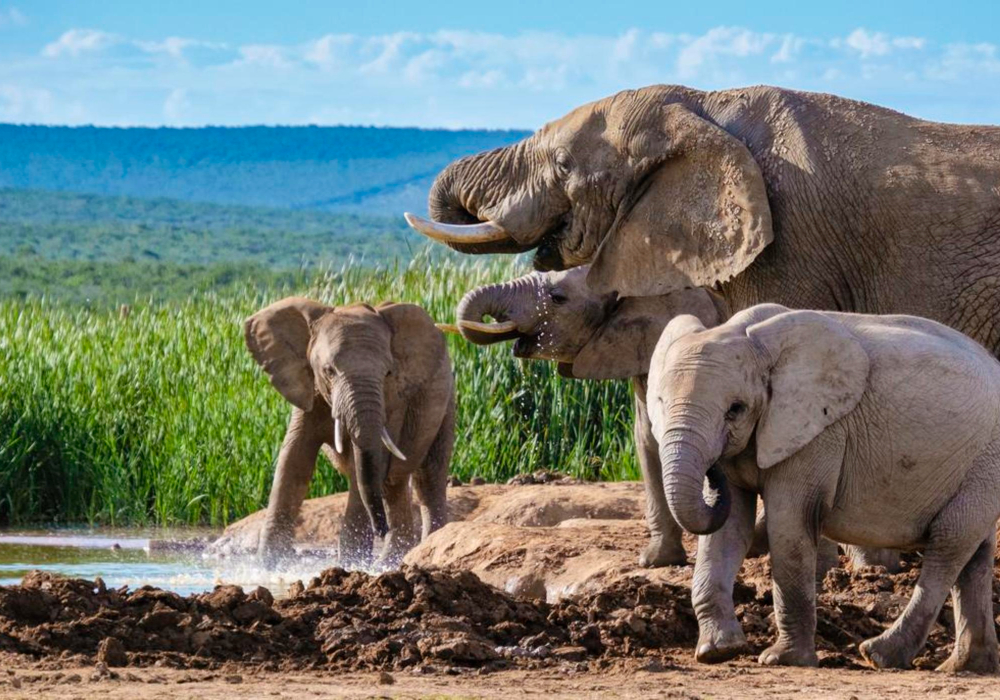
Why camp at Kruger?
- Wildlife diversity: Home to over 500 bird species.
- Guided tours: Enjoy guided safaris and bush walks.
- Facilities: Well-maintained campsites with amenities.
Best time to visit:
| Season | Reason |
|---|---|
| May to September | Dry season with easier wildlife spotting. |
Tajik National Park, Tajikistan
Tajik National Park is a hidden gem in Central Asia. Located in Tajikistan, it offers rugged landscapes and pristine nature. Camping here provides a unique adventure.
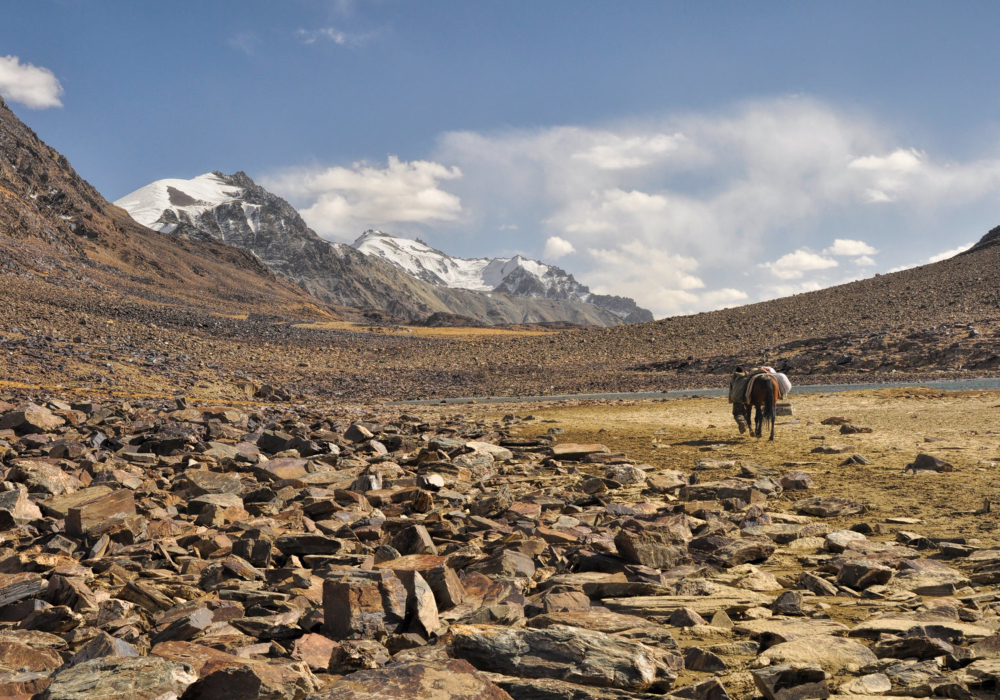
Why camp at Tajik National Park?
- Mountain scenery: Stunning views of the Pamir Mountains.
- Remote wilderness: Experience untouched nature.
- Trekking: Challenging trails for adventure seekers.
Best time to visit:
| Season | Reason |
|---|---|
| June to September | Warmer temperatures and clear skies. |
Top 5 camping spots in Asia
Asia is home to some of the world's most breathtaking camping spots, offering lush forests, towering mountains, and diverse wildlife. For nature lovers, these top 5 camping spots in Asia provide unforgettable experiences, blending adventure with serenity.
Taman Negara National Park, Malaysia
Taman Negara National Park is one of the oldest rainforests in the world, making it a paradise for nature lovers. The park spans across three states in Malaysia: Pahang, Kelantan, and Terengganu.
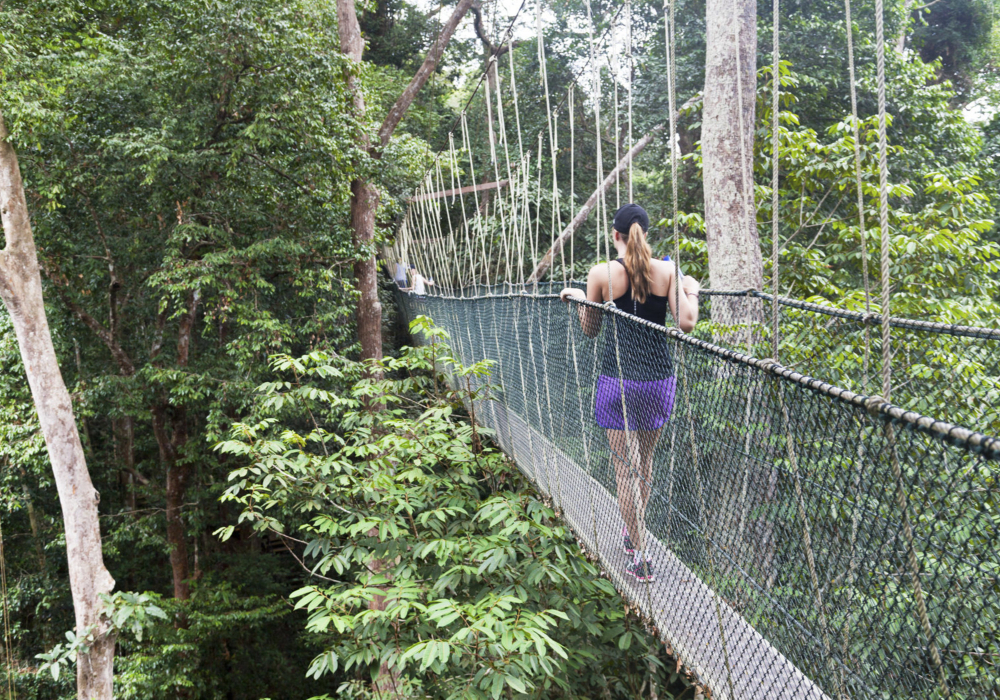
Highlights of Taman Negara National Park:
- Canopy walkway: The world's longest canopy walkway offers stunning views of the rainforest.
- Wildlife: Home to Malayan tigers, Asian elephants, and over 300 bird species.
- Activities: Jungle trekking, river cruises, and cave exploration.
Camping Facilities:
| Facility | Description |
|---|---|
| Campgrounds | Equipped with basic amenities and scenic views. |
| Guided tours | Available for a deeper understanding of the park's ecosystem. |
Chitwan National Park, Nepal
Chitwan National Park is a UNESCO World Heritage Site known for its rich biodiversity. Located in the Terai region, it offers a unique blend of wildlife and cultural experiences.
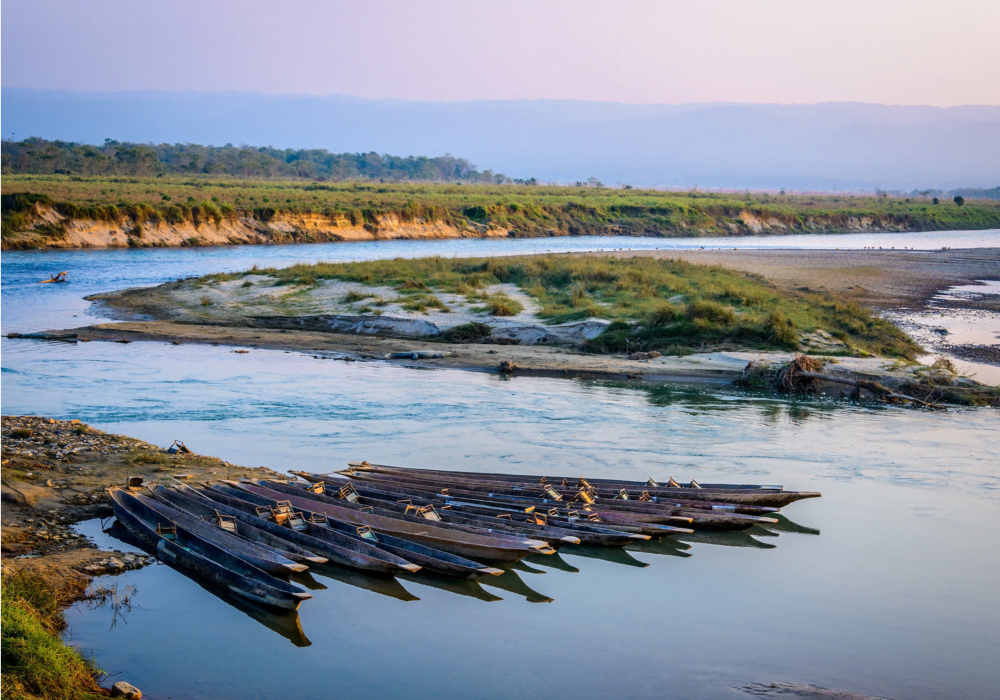
Highlights of Chitwan National Park:
- Wildlife safaris: Spot one-horned rhinos, Bengal tigers, and gharials.
- Bird watching: Over 500 bird species, including the endangered Bengal florican.
- Cultural tours: Visit Tharu villages and experience their traditional lifestyle.
Camping Facilities:
| Facility | Description |
|---|---|
| Eco-lodges | Eco-friendly accommodations with modern amenities. |
| Guided tours | Professional guides for safaris and cultural tours. |
Khao Yai National Park, Thailand
Khao Yai National Park is Thailand's oldest national park and a UNESCO World Heritage Site. It offers a mix of evergreen forests and grasslands.
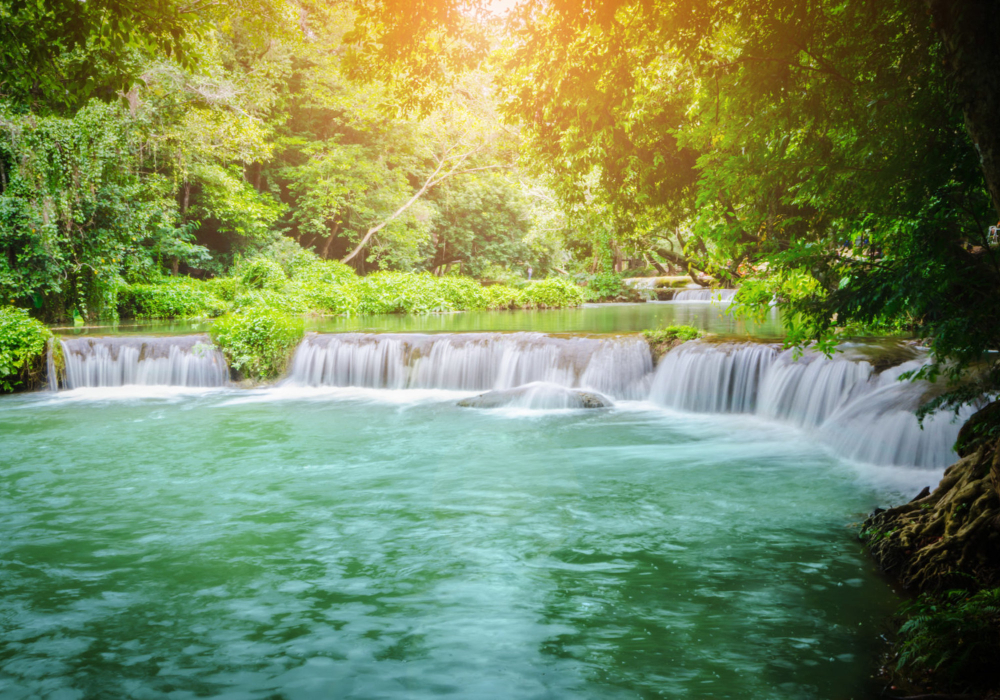
Highlights of Khao Yai National Park:
- Waterfalls: Haew Narok and Haew Suwat are must-visit spots.
- Wildlife: Home to elephants, gibbons, and hornbills.
- Scenic trails: Numerous trails for hiking and bird-watching.
Camping Facilities:
| Facility | Description |
|---|---|
| Campgrounds | Well-maintained with basic amenities. |
| Visitor centers | Information and maps available for tourists. |
Sagarmatha National Park, Nepal
Sagarmatha National Park is home to Mount Everest, the world's highest peak. It offers dramatic landscapes and rich Sherpa culture.
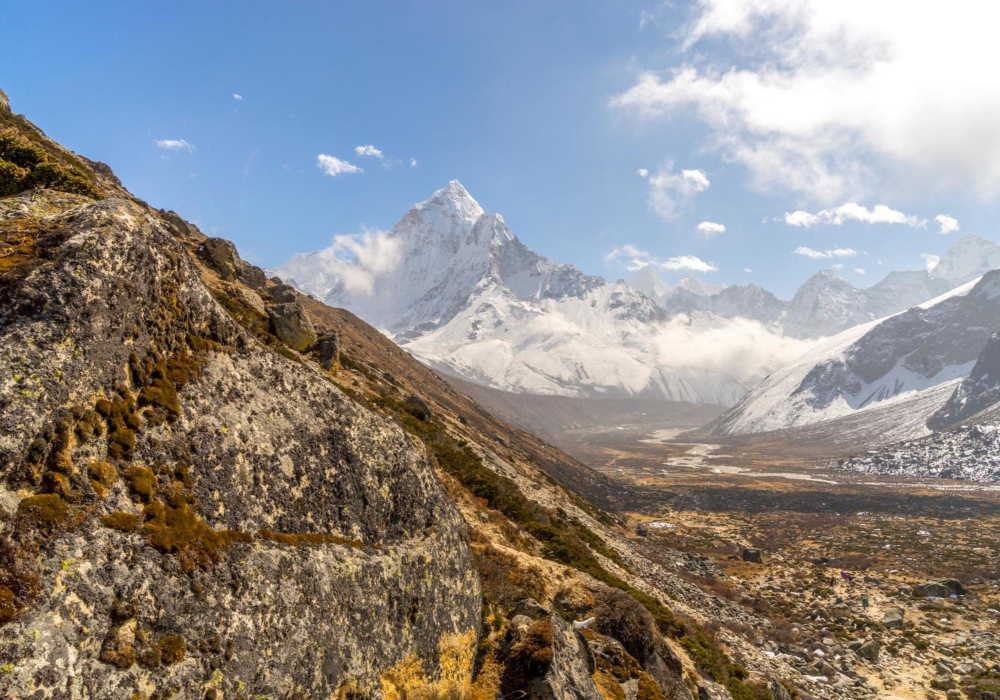
Highlights of Sagarmatha National Park:
- Mount Everest: Trekking to Everest Base Camp is a bucket-list adventure.
- Biodiversity: Home to snow leopards, red pandas, and Himalayan tahrs.
- Cultural experiences: Visit monasteries and learn about Sherpa traditions.
Camping Facilities:
| Facility | Description |
|---|---|
| Teahouses | Basic accommodations along trekking routes. |
| Guided treks | Experienced guides for a safe trekking experience. |
Gunung Mulu National Park, Malaysia
Gunung Mulu National Park is famous for its limestone karst formations and extensive cave systems. It is a UNESCO World Heritage Site located in Malaysian Borneo.
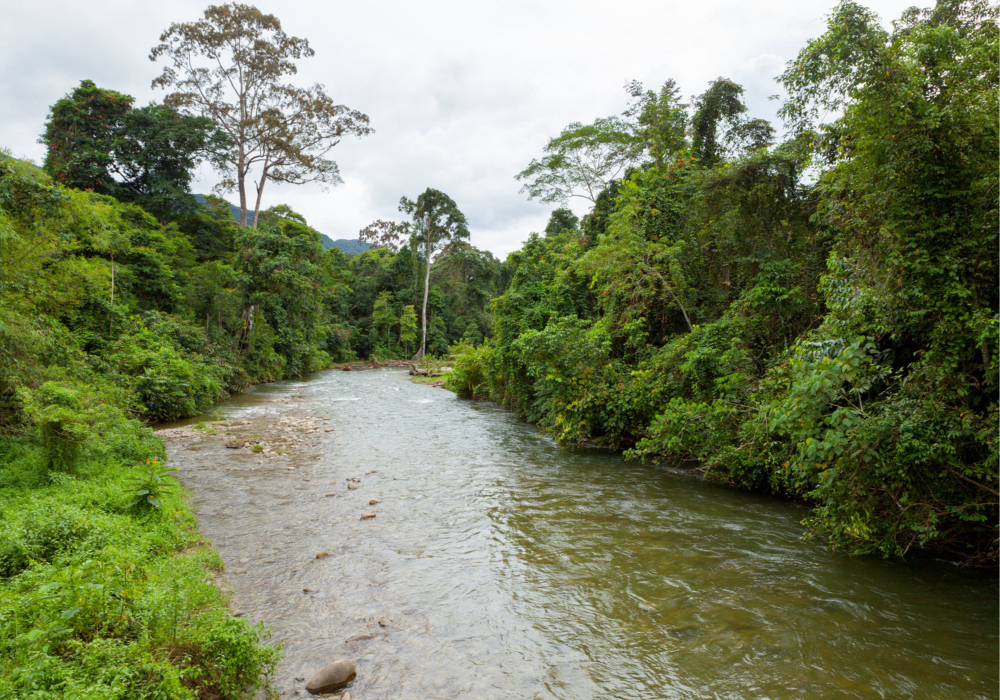
Highlights of Gunung Mulu National Park:
- Caves: Sarawak Chamber and Deer Cave are among the largest in the world.
- Pinnacles: Sharp limestone formations offer challenging hikes.
- Flora and fauna: Rich biodiversity with unique plant and animal species.
Camping Facilities:
| Facility | Description |
|---|---|
| Campgrounds | Basic amenities with stunning natural views. |
| Guided tours | Expert guides for cave exploration and trekking. |
Tips for camping
Camping in some of the world's best spots is a dream for nature lovers. Whether you're exploring the majestic mountains or serene lakes, having the right tips can make your trip unforgettable. Here are some essential tips for a successful camping adventure.
Choosing the right gear
Having the right gear is crucial for a comfortable camping experience. Here are some must-have items:
- Tent: Choose a tent that suits the number of campers and the weather conditions.
- Sleeping Bag: Opt for a sleeping bag rated for the expected temperature.
- Backpack: A durable and spacious backpack will carry all your essentials.
- Cooking Equipment: Lightweight stoves and pots are ideal.
- First Aid Kit: Always carry a basic first aid kit for emergencies.
Here’s a quick comparison table for essential gear:
| Gear | Recommended Brand | Price Range |
|---|---|---|
| Tent | REI Co-op | $100 - $300 |
| Sleeping bag | North Face | $50 - $200 |
| Backpack | Osprey | $80 - $250 |
Preparing for the weather
Weather can change quickly in the great outdoors. Being prepared is key:
- Check the forecast: Always check the weather forecast for your camping area.
- Layering clothes: Layering helps you adjust to temperature changes.
- Waterproof gear: Invest in waterproof jackets and boots.
- Sun protection: Sunscreen, hats, and sunglasses protect you from harmful UV rays.
Here's a list of items to pack for different weather conditions:
- Cold weather: Thermal wear, wool socks, insulated jackets.
- Hot weather: Lightweight clothing, sun hats, hydration packs.
- Rainy weather: Waterproof tents, rain covers, quick-dry clothes.
Setting up camp
Setting up your camp efficiently can enhance your camping experience:
- Choose a flat spot: Look for a flat, dry area to pitch your tent.
- Clear debris: Remove rocks and sticks to avoid discomfort.
- Pitch your tent: Secure your tent with stakes and guy lines.
- Set up a cooking area: Designate a safe spot for cooking away from the tent.
- Keep a clean camp: Store food securely and dispose of waste properly.
Remember these steps to ensure a smooth setup:
- Choose the campsite.
- Clear the area.
- Set up the tent.
- Organize gear.
- Prepare cooking and eating areas.
Cooking in the wild
Cooking in the wild can be a delightful experience:
- Portable stove: A portable stove is essential for cooking meals.
- Lightweight cookware: Use lightweight pots and pans.
- Simple recipes: Plan easy-to-cook meals.
- Food storage: Keep food in sealed containers to avoid attracting wildlife.
Here are some easy camping recipes:
- One-pot pasta: Cook pasta with vegetables and sauce in one pot.
- Grilled sandwiches: Use a portable grill to make sandwiches.
- Instant oatmeal: Just add hot water to instant oatmeal packets.
Staying safe in the wilderness
Safety should always be your top priority while camping:
- Inform someone: Tell someone your camping location and return time.
- Know the area: Familiarize yourself with the terrain and wildlife.
- First Aid: Carry a first aid kit and know basic first aid procedures.
- Stay hydrated: Drink plenty of water to avoid dehydration.
- Bear safety: Store food in bear-proof containers in bear country.
Follow these safety tips to ensure a safe trip:
- Inform a friend or family member.
- Carry a map and compass.
- Use a first aid kit.
- Stay hydrated.
- Store food properly.
Leave no trace
Exploring the world’s best camping spots can be a dream for nature lovers. The beauty of untouched landscapes, the serenity of the wild, and the joy of outdoor living are unmatched. Yet, preserving these pristine environments is crucial. This is where the concept of Leave No Trace comes into play. It's a set of guidelines that ensures campers protect and conserve nature while enjoying it.
What is leave no trace?
Leave No Trace is a principle that promotes conservation in the outdoors. It encourages campers to minimize their impact on the environment. The aim is to keep nature as pristine as possible for future generations.
Here are some key aspects of Leave No Trace:
- Respect wildlife by observing from a distance.
- Dispose of waste properly to prevent pollution.
- Leave what you find to maintain the natural environment.
- Minimize campfire impacts to avoid forest fires.
These guidelines ensure that campers can enjoy nature without damaging it. This approach helps maintain the beauty and health of natural sites.
Why is leave no trace important?
The importance of Leave No Trace cannot be overstated. It helps protect natural ecosystems, ensuring that wildlife and plants thrive.
Here are some reasons why Leave No Trace is crucial:
- Preserves natural beauty: By following these guidelines, campers can help keep nature beautiful.
- Protects wildlife: Minimizing human impact helps protect animal habitats.
- Reduces pollution: Proper waste disposal prevents litter and pollution.
- Ensures safety: Following these principles can prevent dangerous situations, such as forest fires.
Respecting nature through Leave No Trace helps ensure that natural areas remain unspoiled for everyone.
Leave no trace principles
The Leave No Trace Center for Outdoor Ethics has established seven principles to guide campers:
- Plan ahead and prepare: Proper planning helps prevent damage to the environment.
- Travel and camp on durable surfaces: Stick to trails and campsites to avoid damaging vegetation.
- Dispose of waste properly: Pack out all trash and dispose of it correctly.
- Leave what you find: Preserve the environment by not disturbing natural objects.
- Minimize campfire impact: Use established fire rings and keep fires small.
- Respect wildlife: Observe animals from a distance and do not feed them.
- Be considerate of other visitors: Respect other campers and keep noise levels down.
Campers can help protect and preserve the natural world by following these principles. Every small action contributes to a larger positive impact. Nature lovers can enjoy the world's best camping spots responsibly.
Camping offers an extraordinary opportunity to reconnect with nature, whether you choose traditional camping under the stars or a luxurious glamping retreat. Each destination presents unique charm and adventure, from Yosemite’s towering granite cliffs to Banff’s serene lakes and Yellowstone’s geothermal wonders. The choice between glamping and camping ultimately depends on your comfort level and desired experience—one emphasizing modern convenience and the other embracing raw adventure and self-sufficiency.
Regardless of where or how you choose to camp, preparation is key to an enjoyable experience. Packing the right gear, researching weather conditions, and respecting wildlife ensures a smooth and safe outdoor adventure. With so many incredible landscapes to explore, nature lovers can embark on countless memorable journeys.
So, pack your bags, embrace the adventure, and create unforgettable memories in the world’s most beautiful camping destinations.



Comments powered by CComment